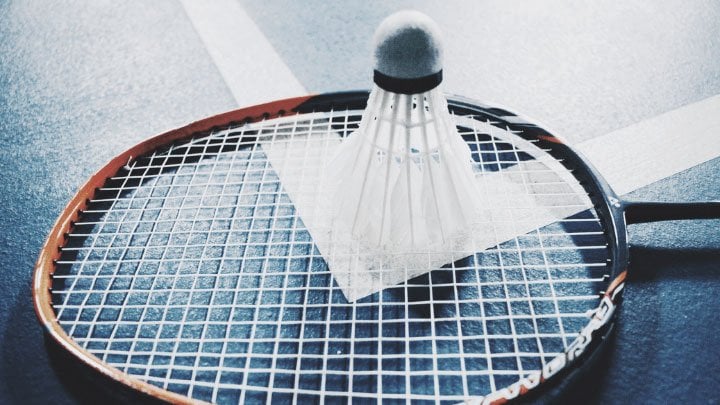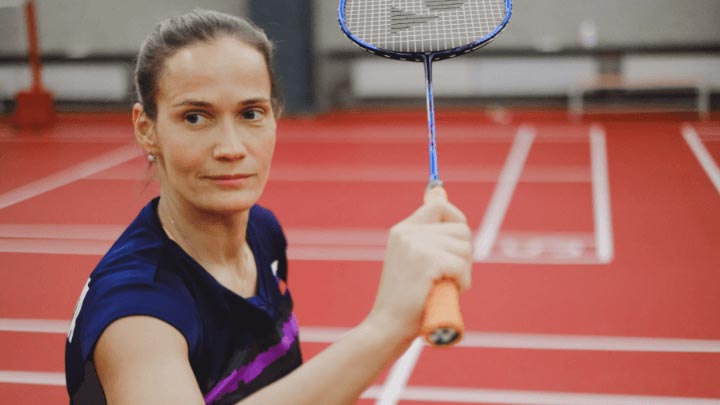
Badminton is not just a physical game; it’s a rhythmic dance that demands precision timing. In this article, we’ll explore why mastering the beat of the game is critical to your success on the court.
Why Timing and Rhythm Matter In badminton, timing and rhythm are as essential as the shuttlecock and racket. They are the unsung heroes that power every smash, drive, and drop shot you execute.
The Beat of the Game Think of badminton as a series of rhythmic exchanges where each player contributes to the tempo of the game. It’s a musical duet, and being off-beat is not an option.
Understanding the Fundamentals
Equipment Essentials for Perfect Timing Your racket’s weight, string tension, and the shuttlecock’s speed are the instruments that create your playing rhythm. Choose them wisely to suit your style.
The Court Layout and Its Role in Rhythm The dimensions of the court dictate the tempo of play. Knowing your territory allows you to move in sync with the shuttlecock’s trajectory.
The Timing Techniques
The Preparatory Phase Positioning and Footwork Your court position is the starting beat of your game’s rhythm. Good footwork is like the metronome that sets the pace for your shots.
Grip and Racket Preparation A firm yet flexible grip on your racket allows for a responsive hit, ensuring your timing is spot-on.
The Execution Phase Strike Timing The moment of impact between racket and shuttlecock is the crescendo of your swing—timing it right is paramount.
Follow-Through for Consistent Rhythm Your shot’s follow-through maintains the rhythm, allowing for a smooth transition into the next move.
Rhythm in Movement
Footwork Fundamentals Mastering footwork is like learning to dance; it’s all about moving gracefully and efficiently to maintain your playing rhythm.
Coordinating Movement with Shuttlecock Flight Synchronizing your steps with the shuttle’s path keeps your game flowing harmoniously.
Advanced Timing Strategies
Anticipating the Opponent’s Moves Reading your opponent’s body language is like listening to the subtle cues in music, allowing you to predict and time your responses perfectly.
Adjusting Your Rhythm Mid Game
Adapting your rhythm to the changing pace of the game is like improvising in jazz—it requires skill, practice, and a bit of intuition.
Training Drills for Enhancing Timing and Rhythm
Solo Drills Practice sessions on your own can help you develop a steady beat in your game, focusing on repetitive shots and footwork patterns.
Partner Drills Working with a partner can challenge your timing and rhythm, as you have to adapt to another player’s tempo.
Common Timing and Rhythm Pitfalls
Overhitting and Rushed Shots Overhitting is the equivalent of playing your music too loud. It disrupts the game’s tempo and can lead to errors.
Inconsistency in Shot Delivery Inconsistent shots are like missed beats in a song. They break the flow and can throw off your entire game.
Watching and Learning from the Pros
Analyzing Professional Matches Studying how professionals move and strike can offer insights into perfect timing and rhythm. Notice the consistency of their tempo and how it affects their gameplay.
Incorporating Pro Techniques into Your Game Try to mimic the pros’ movements and shot timing in your own practice. It’s like covering a song by a master musician to understand its nuances.
Integrating Timing and Rhythm into Competitive Play
The Psychological Edge of Rhythm A well-timed shot can be as disorienting to your opponent as an unexpected chord change in music, giving you a psychological advantage.
Tempo Control in Tournaments Managing the pace of your play during tournaments is crucial. Control the tempo and you control the game.
In the symphony of badminton, timing and rhythm are the melody and harmony that drive the game forward. Like any musician, a badminton player must practice diligently to maintain the beat. With time, your game will not only be effective but will also carry the elegance of a well-composed piece of music.
What Next?
Find out more about the Basic Skills of Badminton by checking out this post!
FAQs
How can I improve my timing in badminton? Practicing with a metronome or music can help you develop a consistent rhythm. Focus on the sound of the shuttlecock hitting the racket and try to maintain a steady beat.
What exercises can help with badminton rhythm? Shadow badminton, where you mimic the movements without a shuttlecock, can improve your rhythm. Drills that focus on footwork and timed shots are also beneficial.
How does footwork affect timing in badminton? Proper footwork sets the foundation for your shots. If your footwork is off, it’s likely your shots will be mistimed as well.
Can watching professional badminton help improve my rhythm? Absolutely! Observing the timing and rhythm of professional players can provide a visual and mental template for you to emulate in your own game.
How long does it take to develop good timing and rhythm in badminton? It varies per individual, but with consistent practice, you can see improvements in a few months. Like any skill, the more you practice, the better you’ll get.






